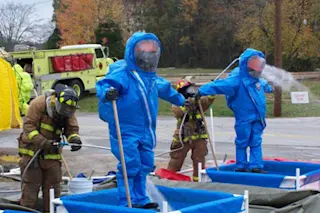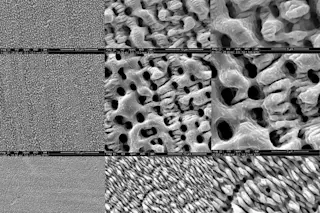Pork and waste. Six years after the fall of the Twin Towers, the devastating blow to the Pentagon, and the inspiring courage of the passengers and crew of United Airlines Flight 93, anti-terrorism funding is an exercise in pork-barrel spending and high-profile projects of dubious value.
On the one hand, we have money being spent on petty projects designed to defend “targets” that are more at risk from a meteor strike than a terrorist attack, like the town of Madisonville, Texas. As reported by The Dallas Morning News, the town, population 4,200, used a federal homeland security grant to purchase a $30,000 customized trailer. The trailer can be used as a mobile command center, but city officials admitted it is more likely to be used as an information and first-aid booth during the town’s annual mushroom festival. Or there’s the story of Dillingham, Alaska, population 2,400. Last year, the Anchorage ...















